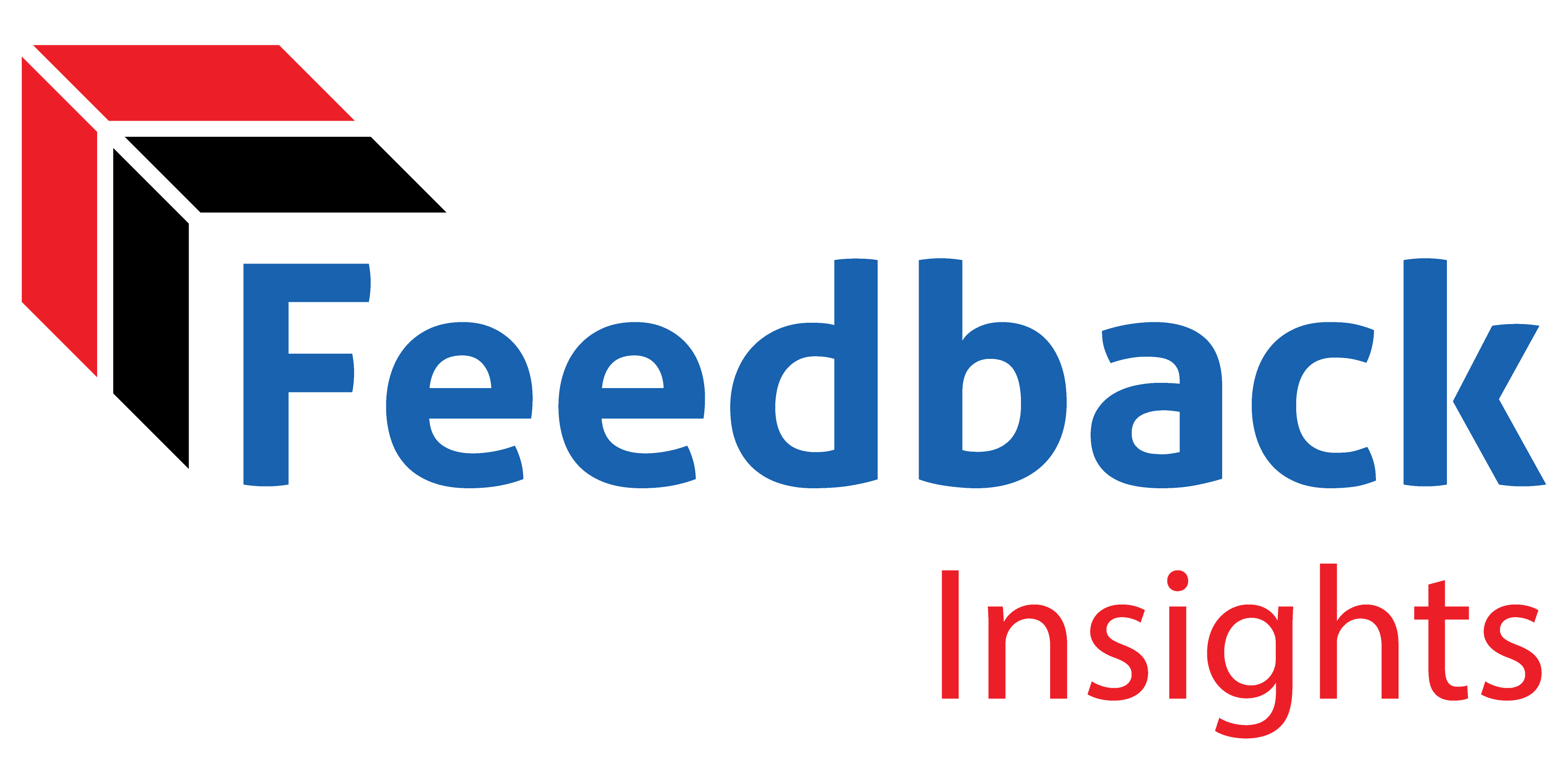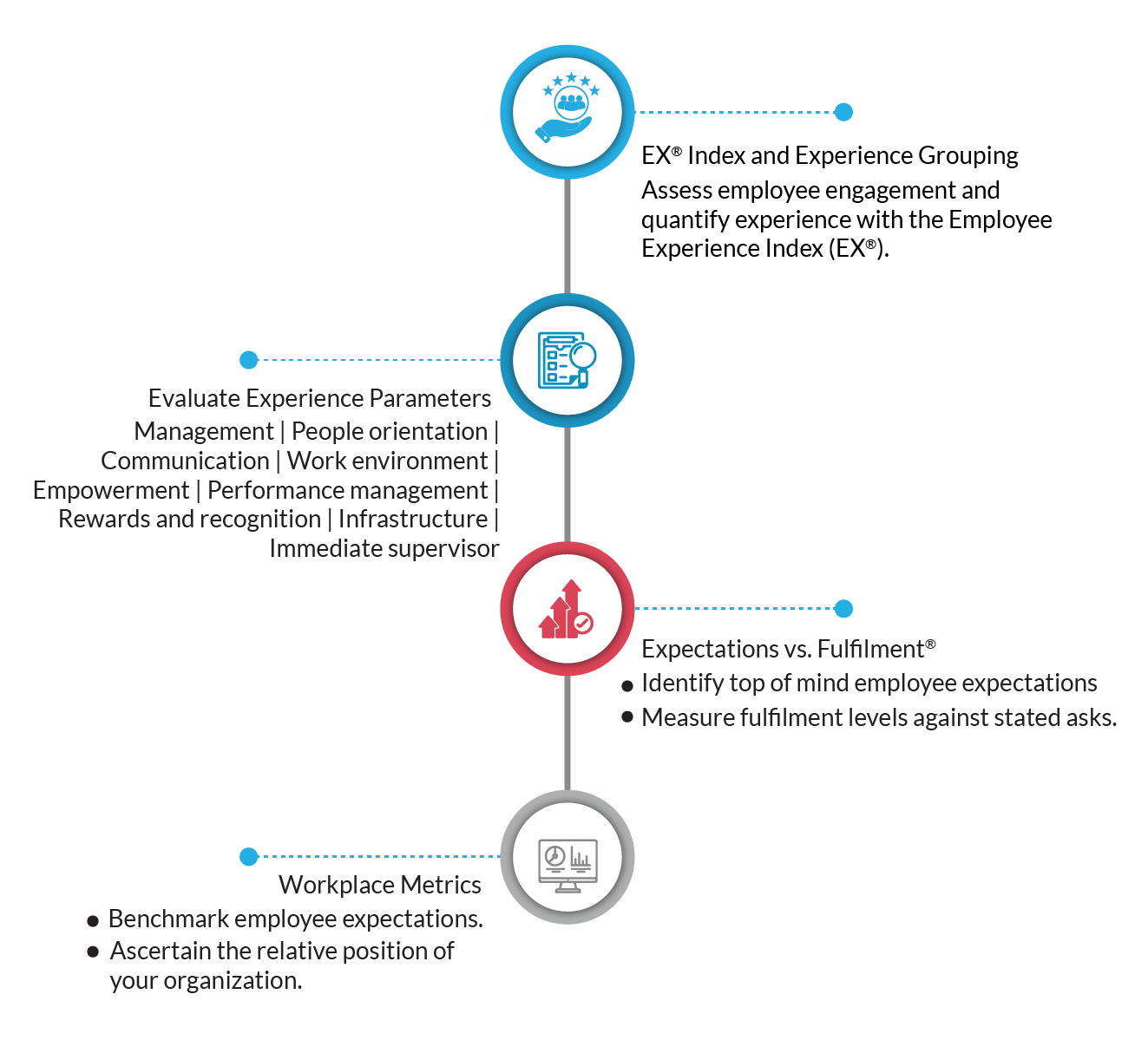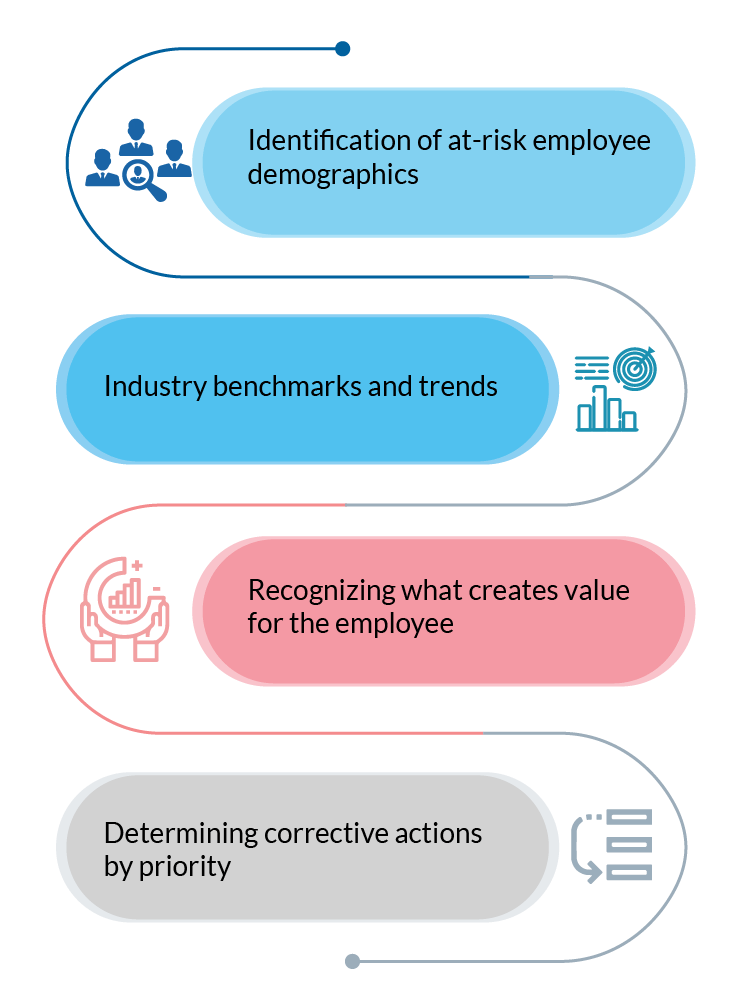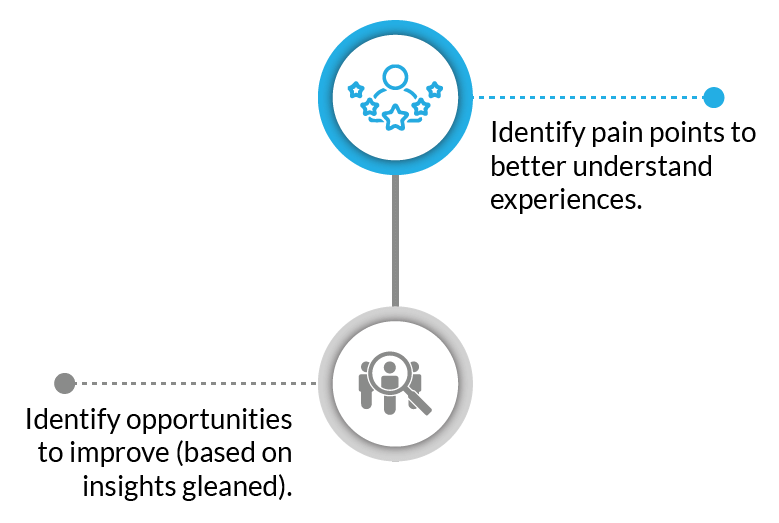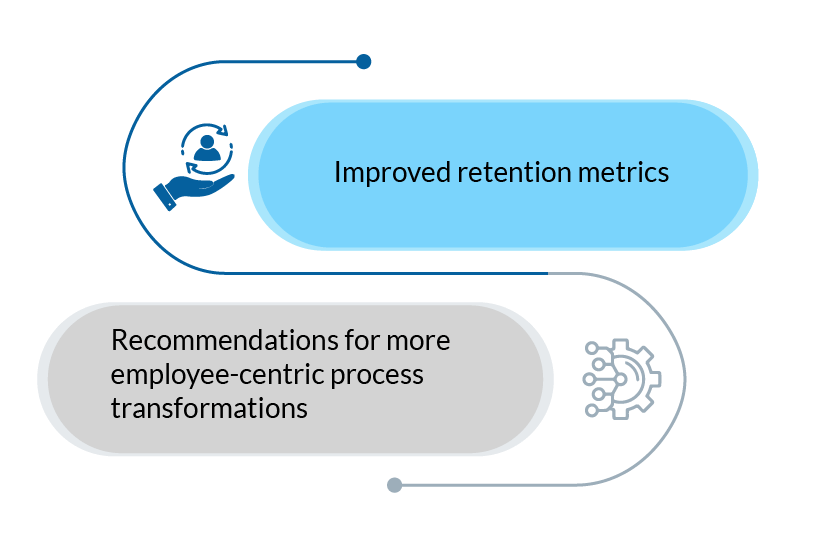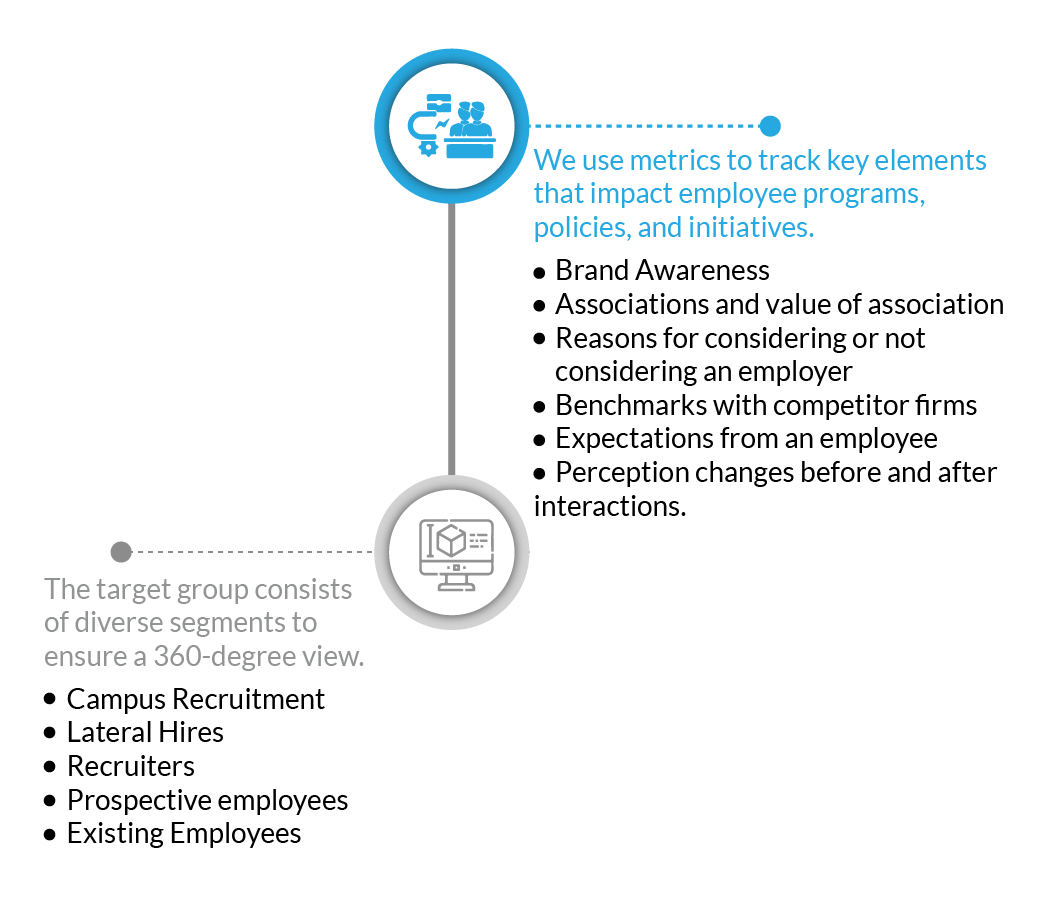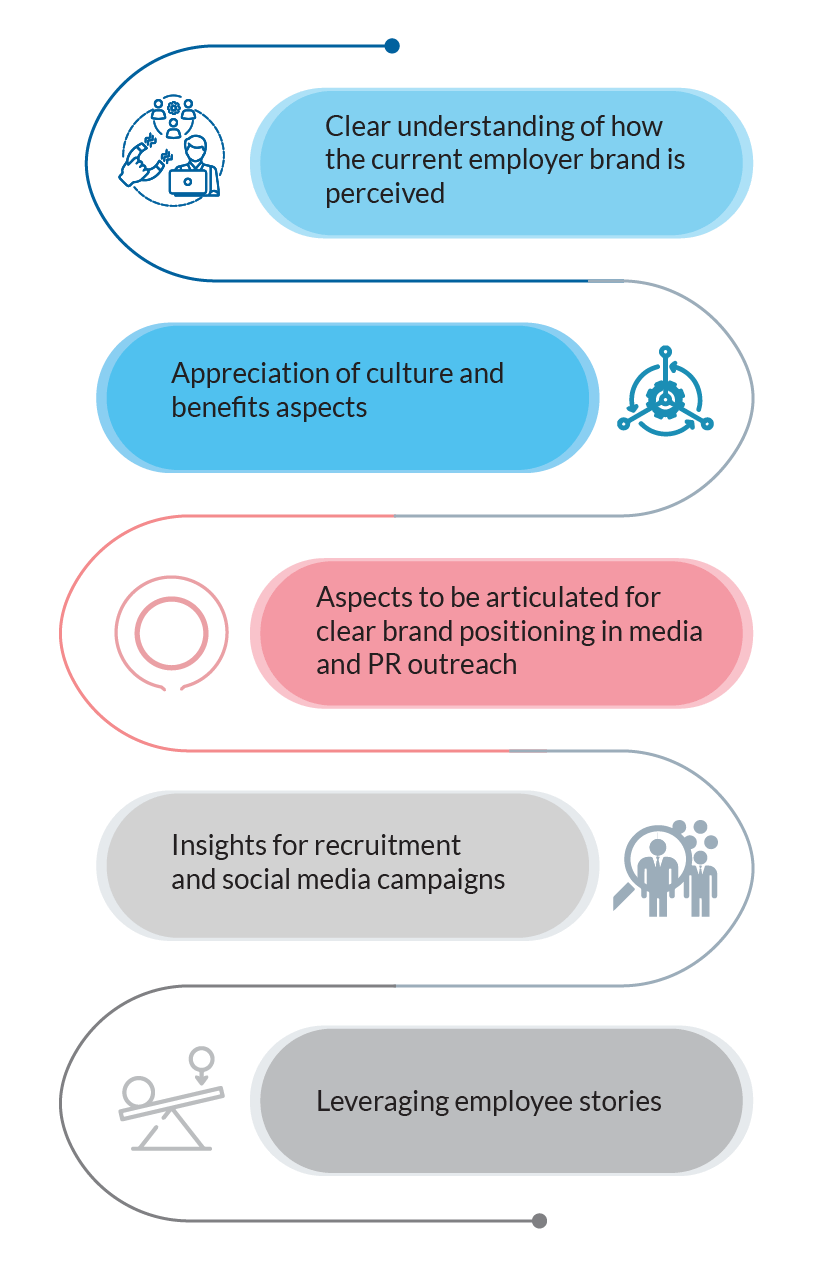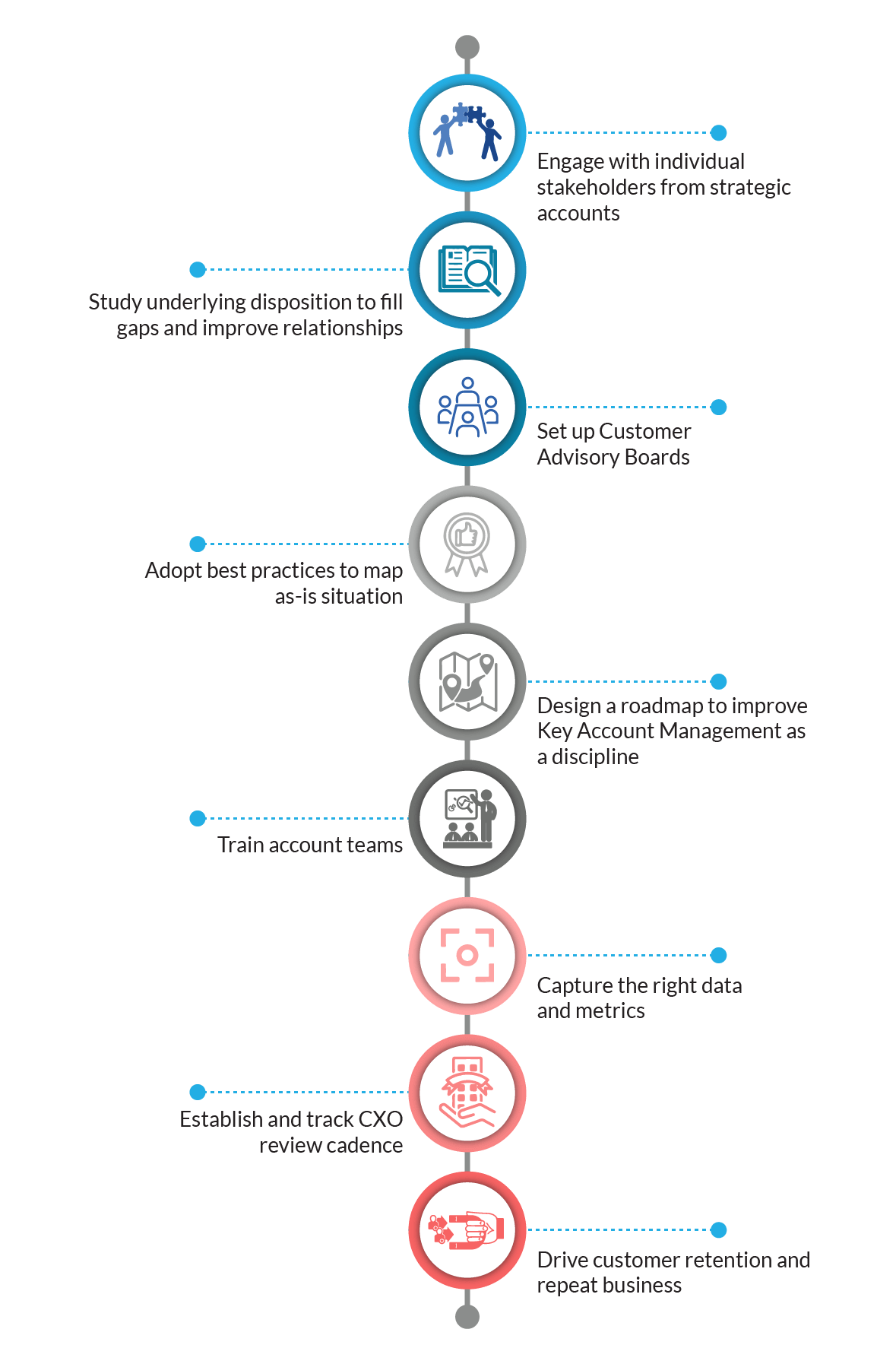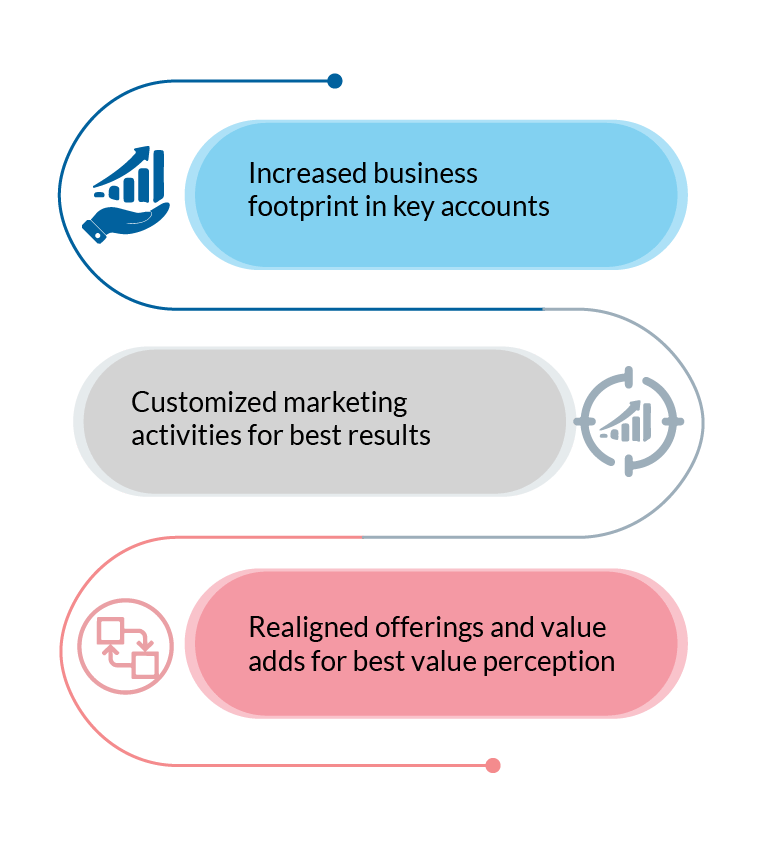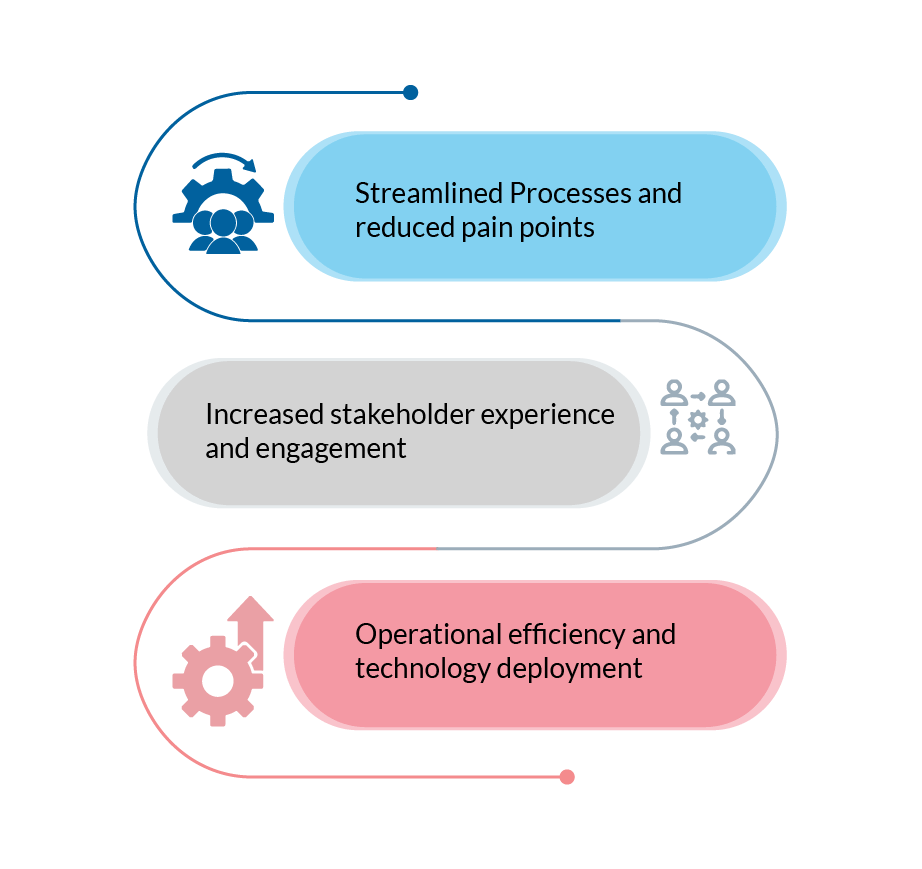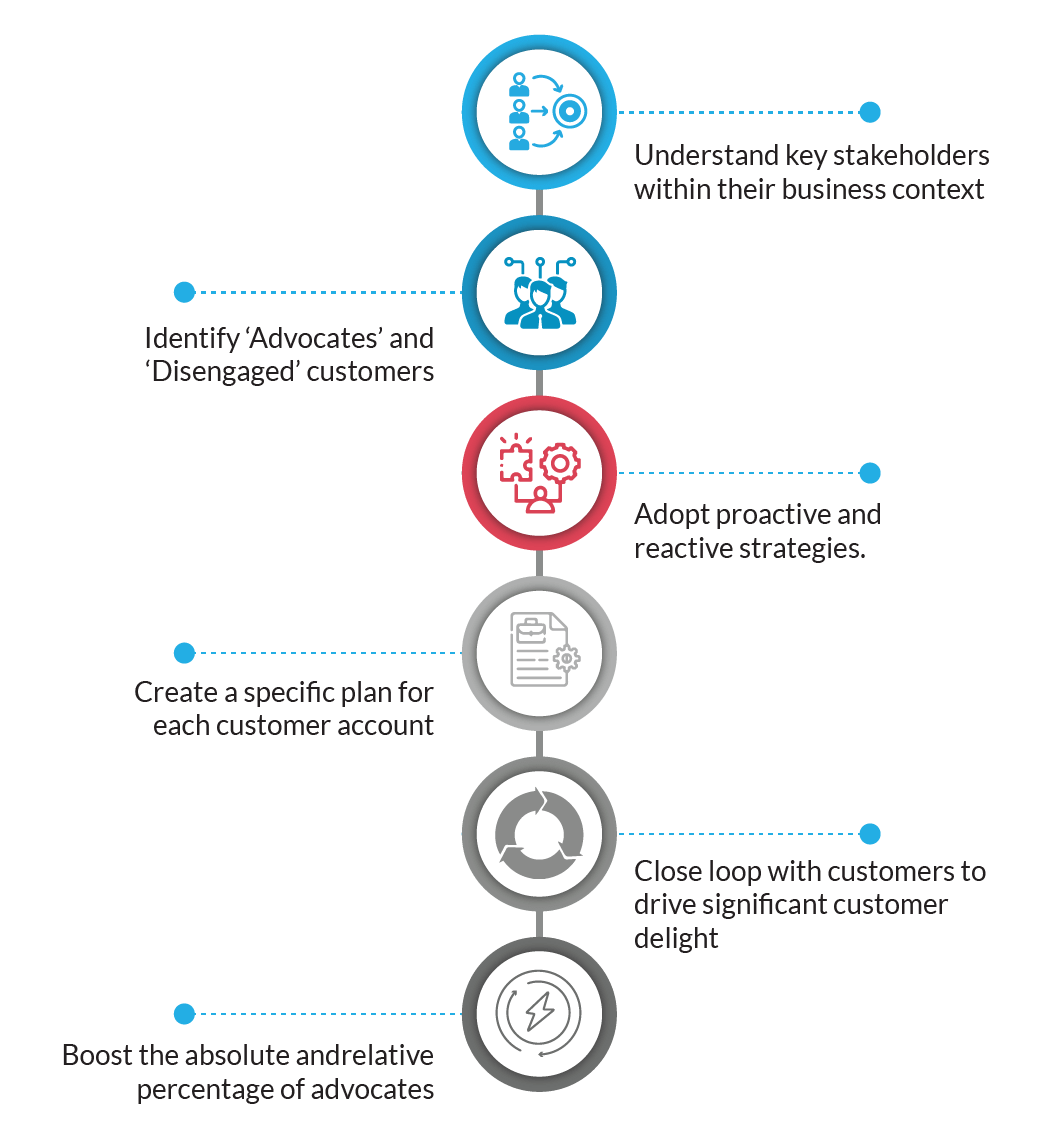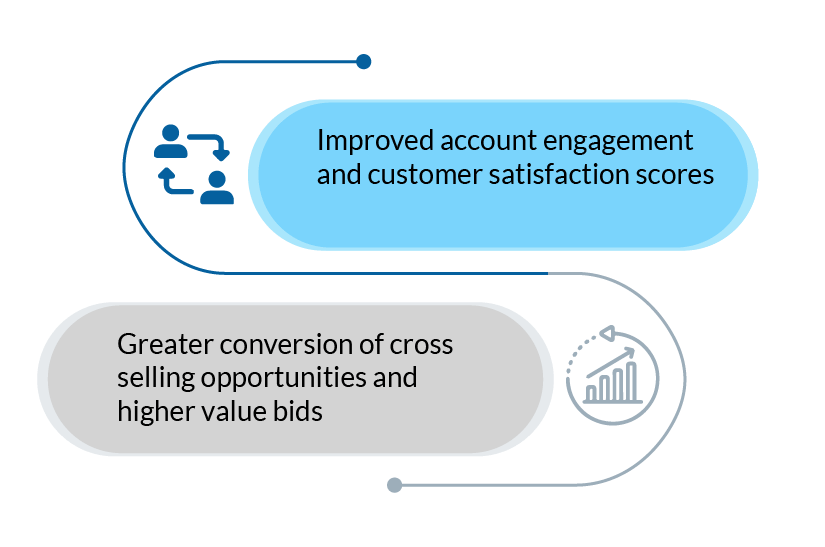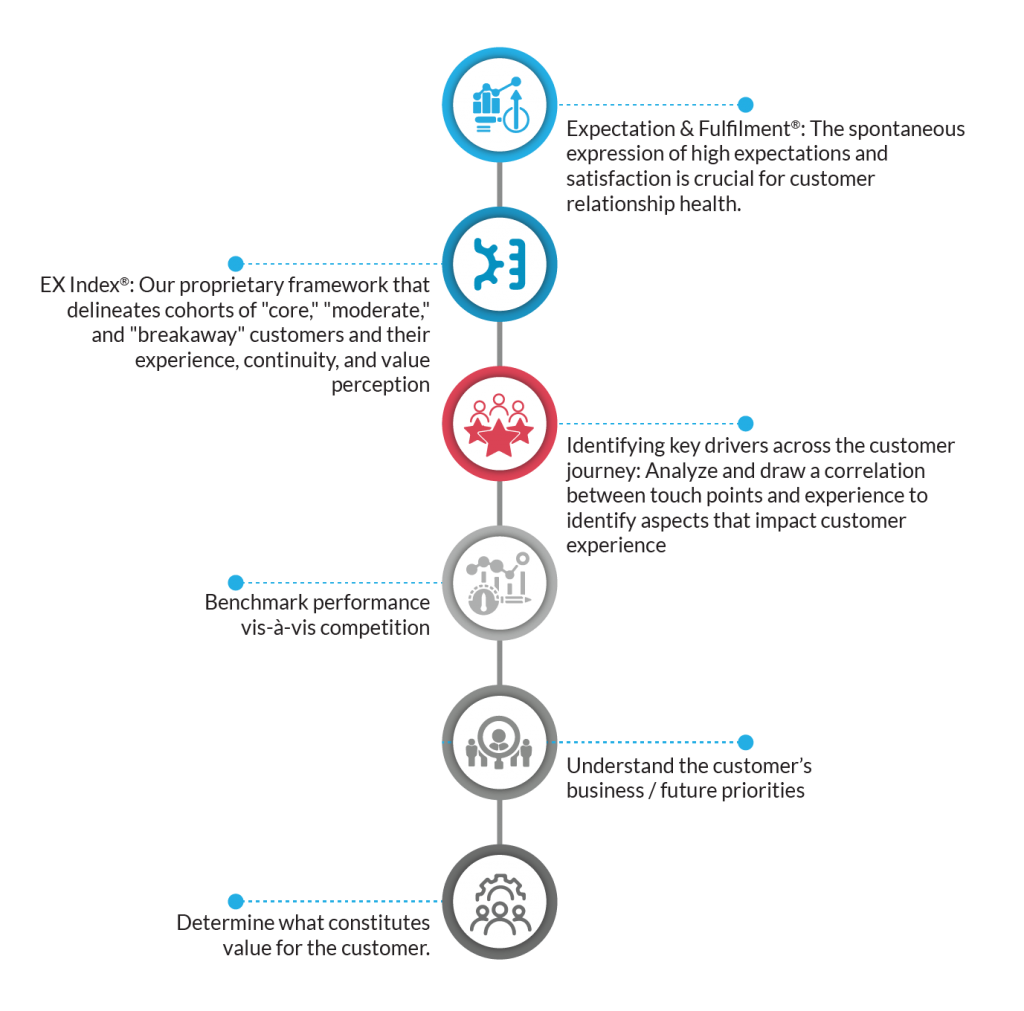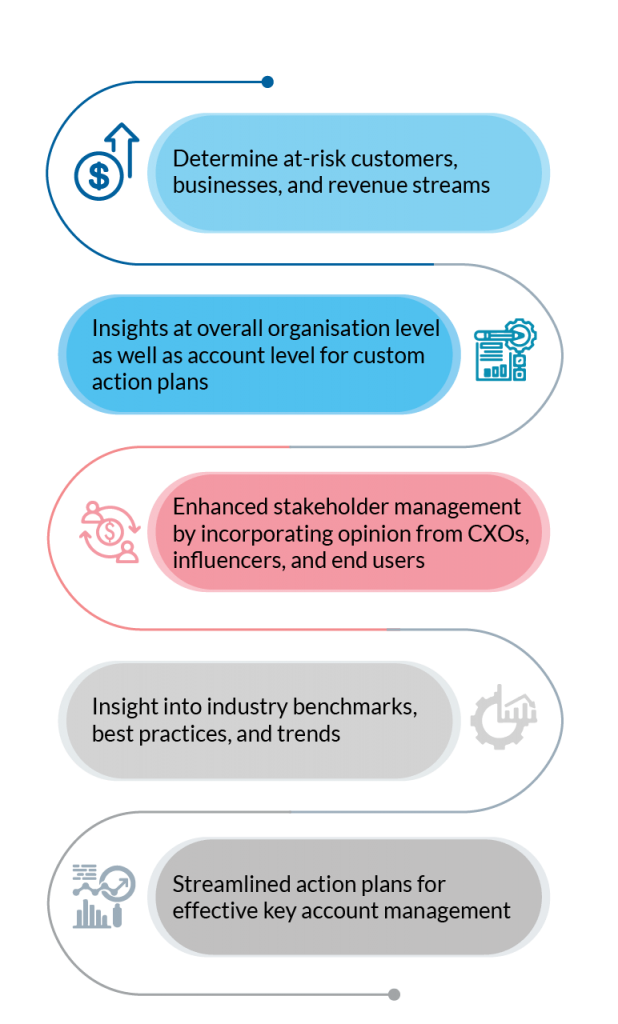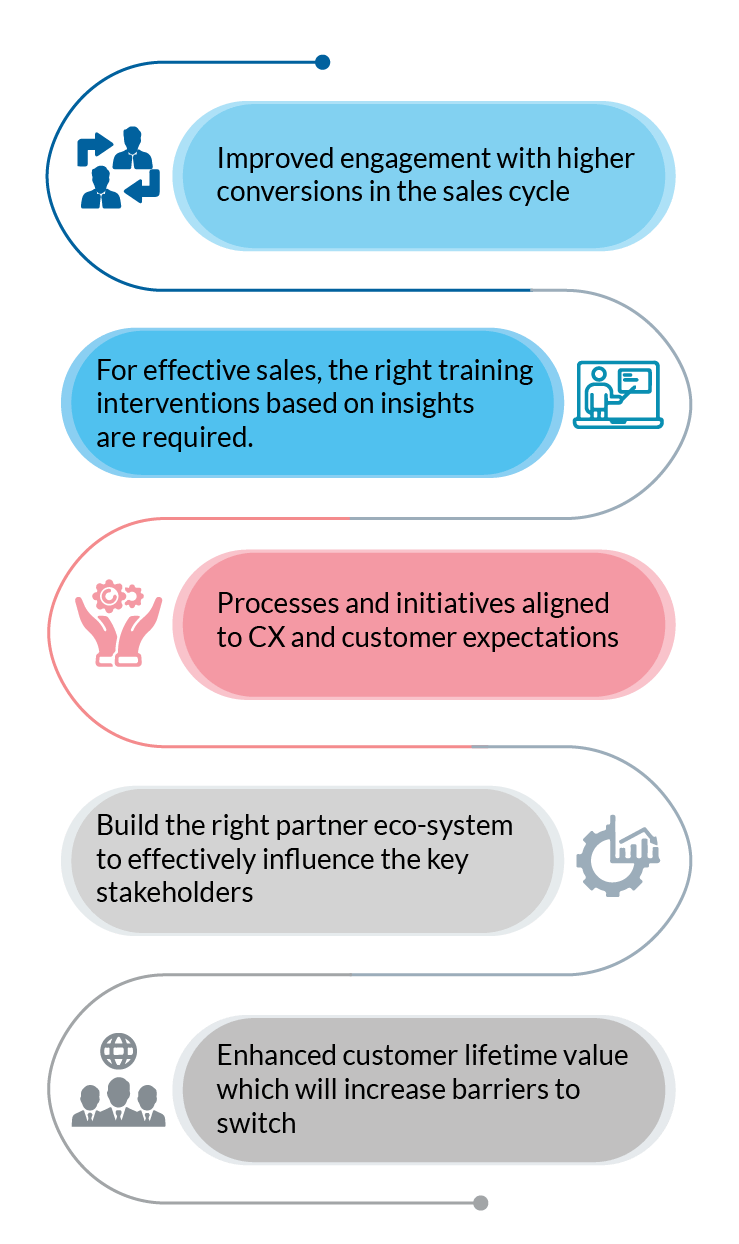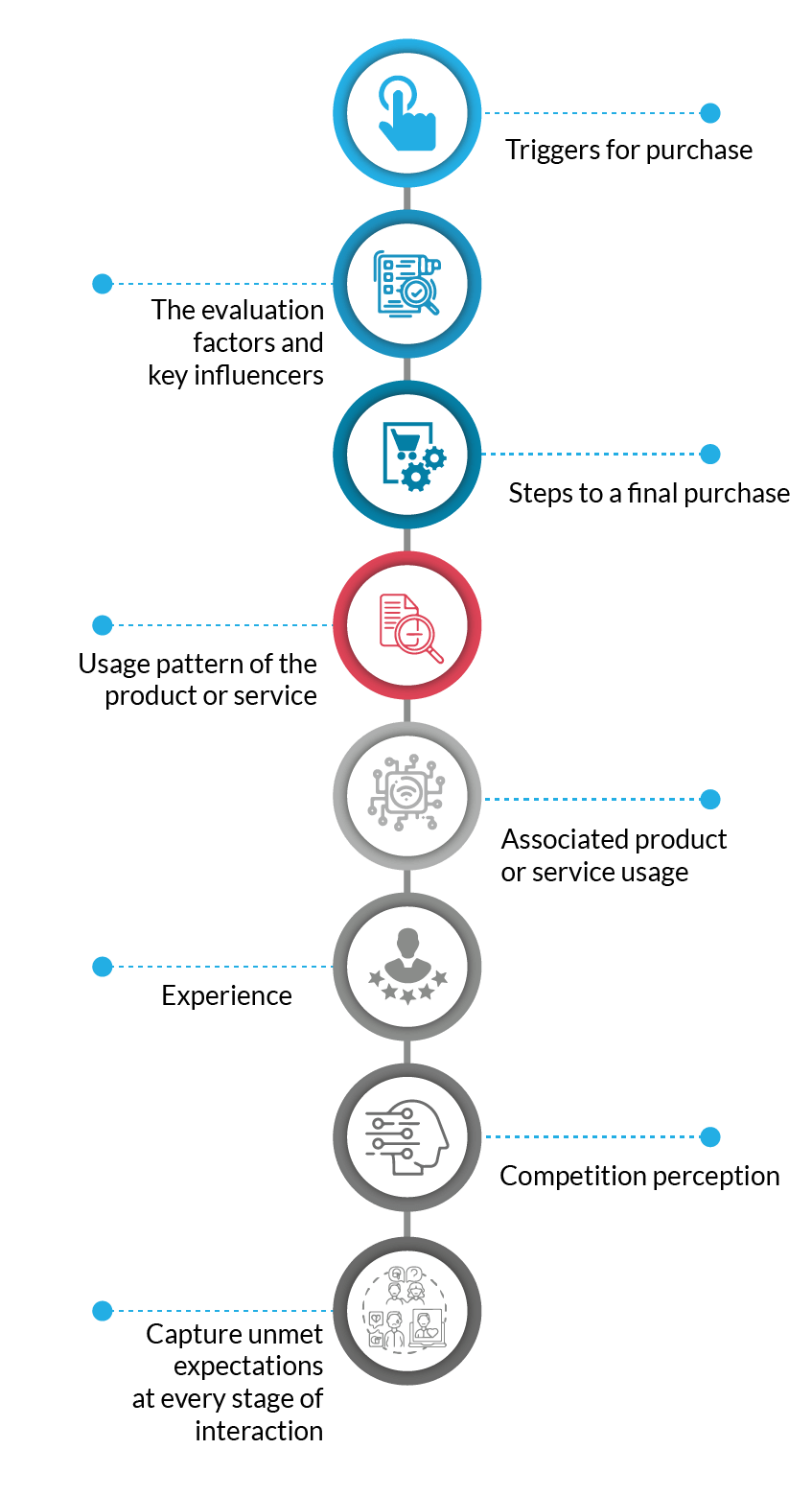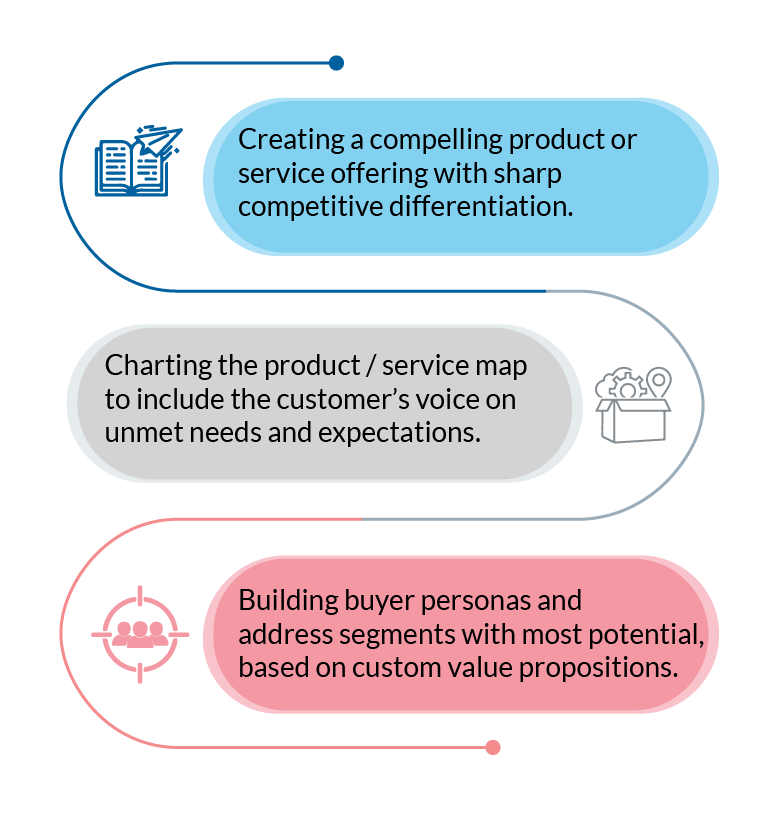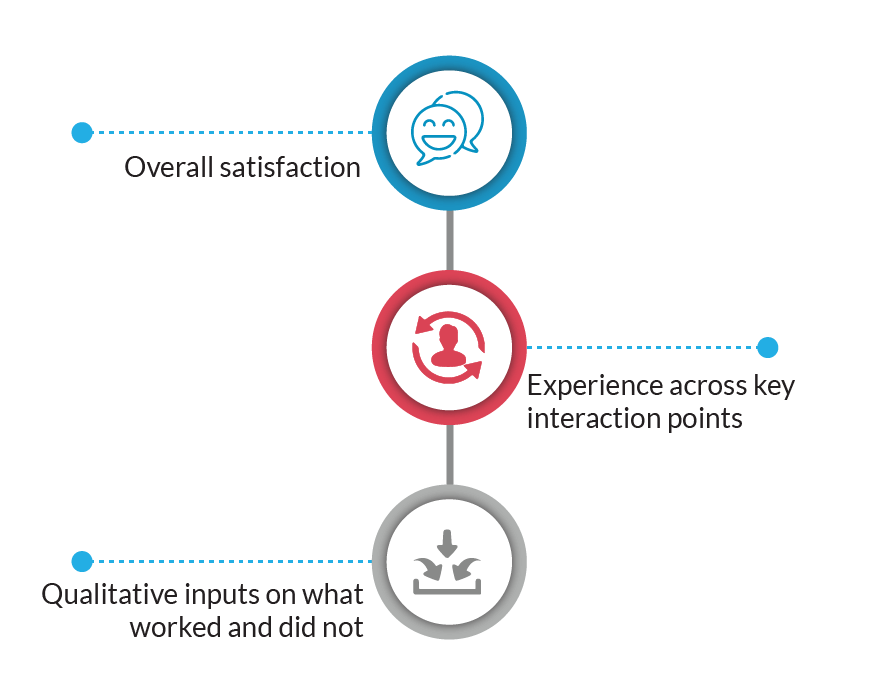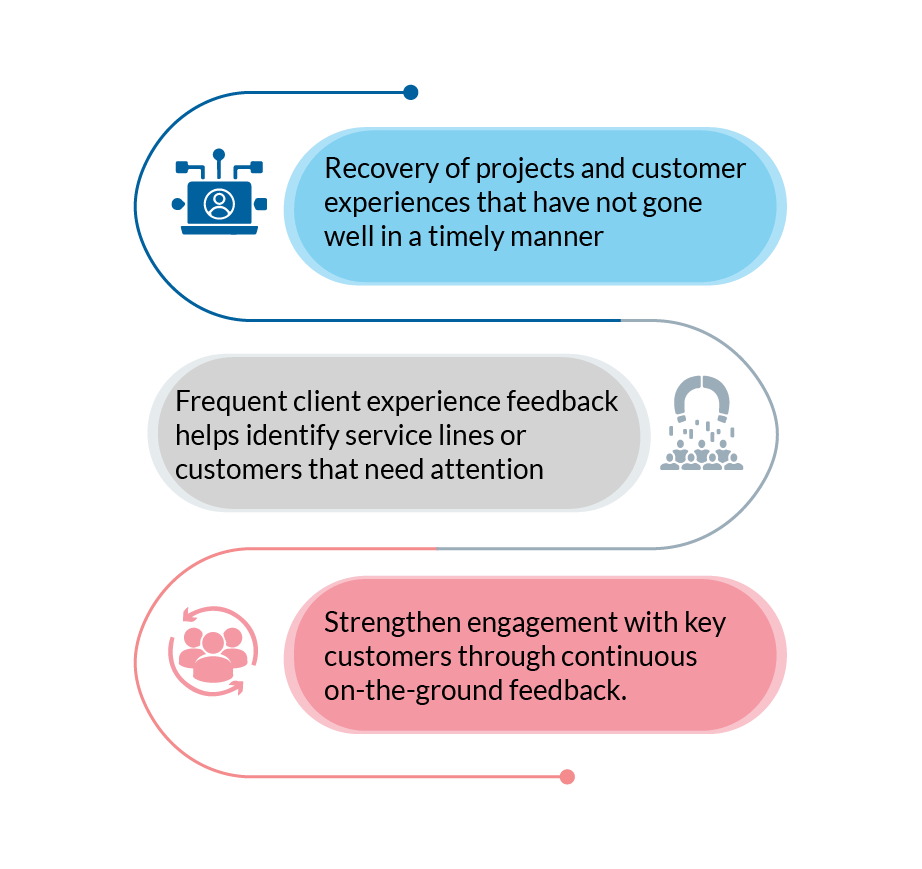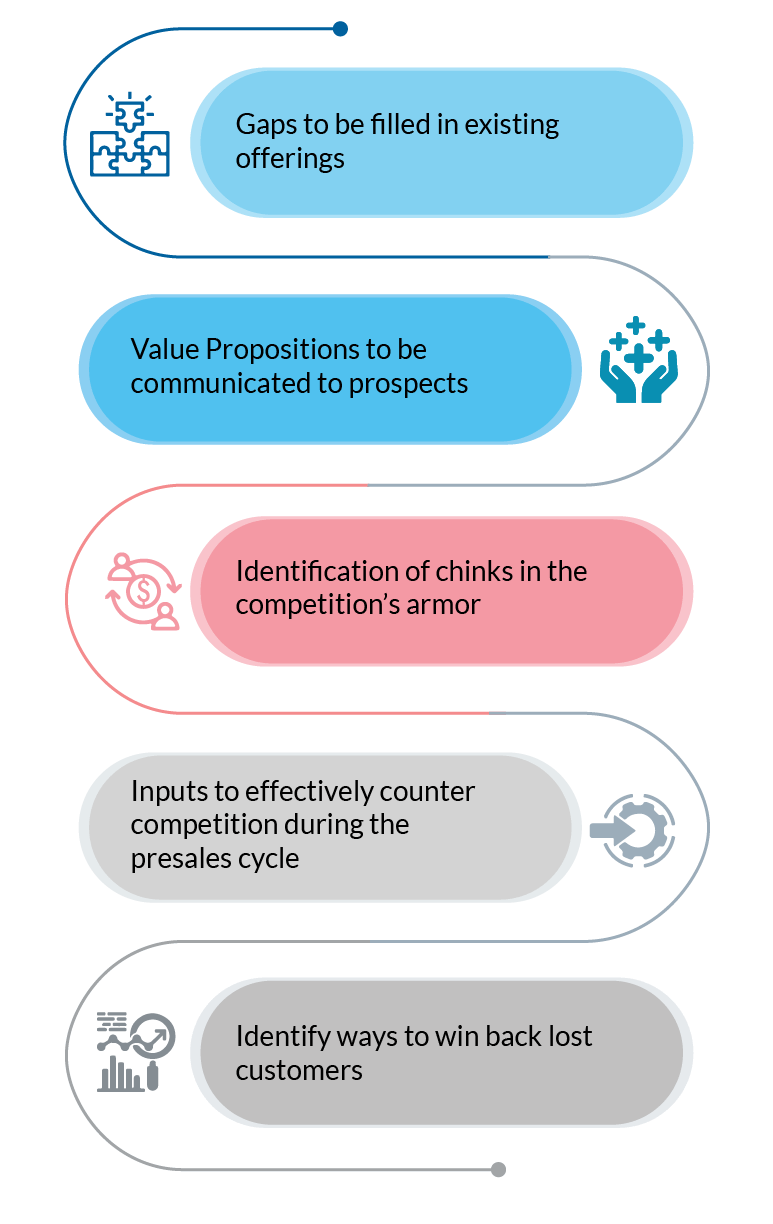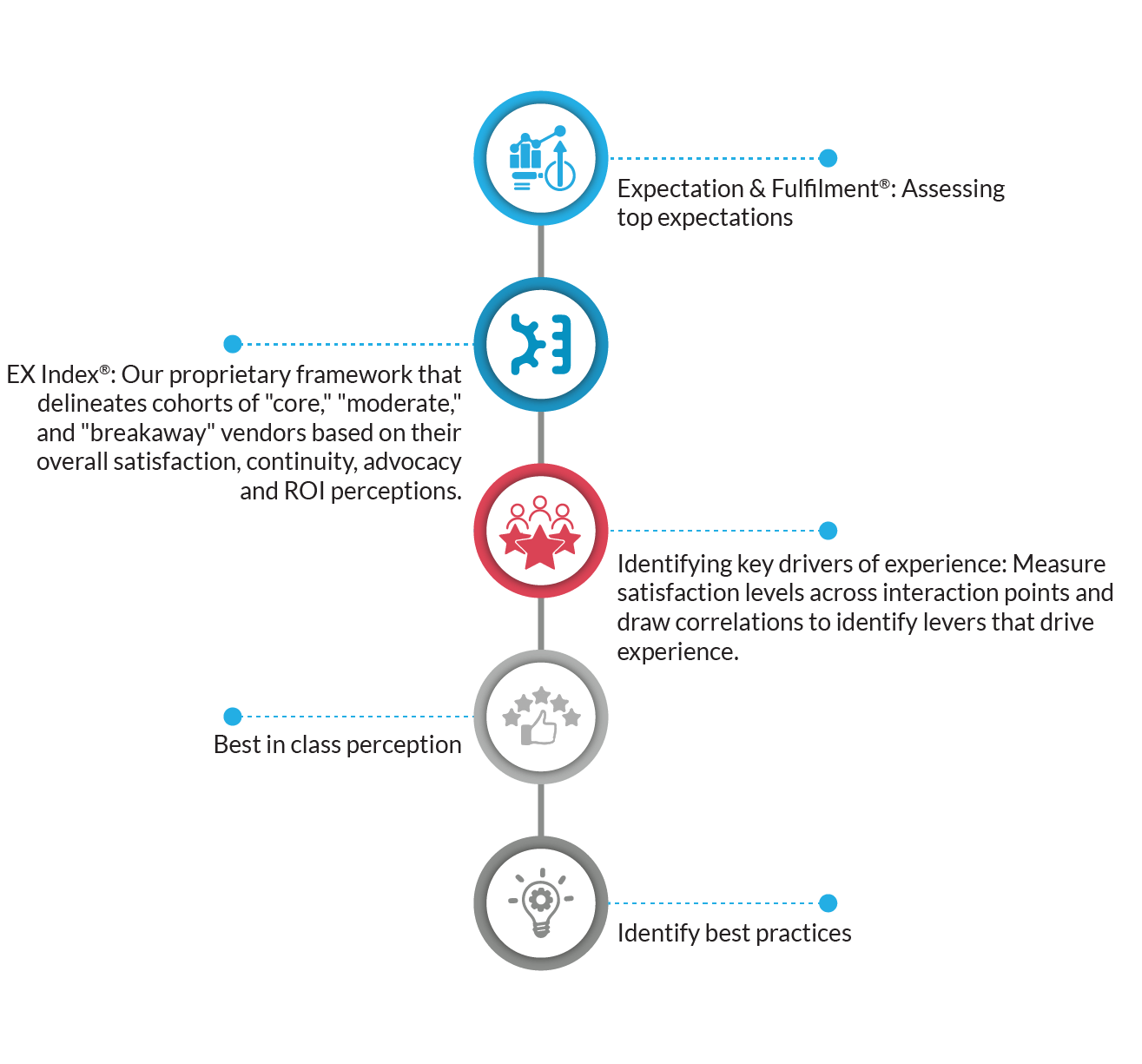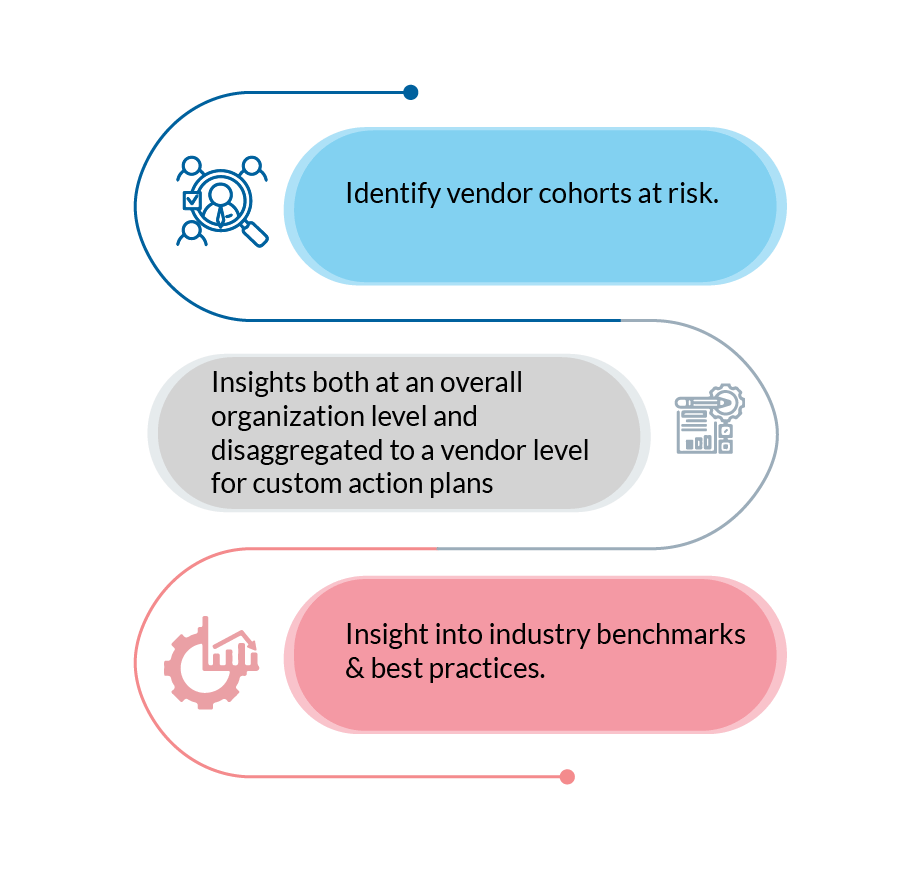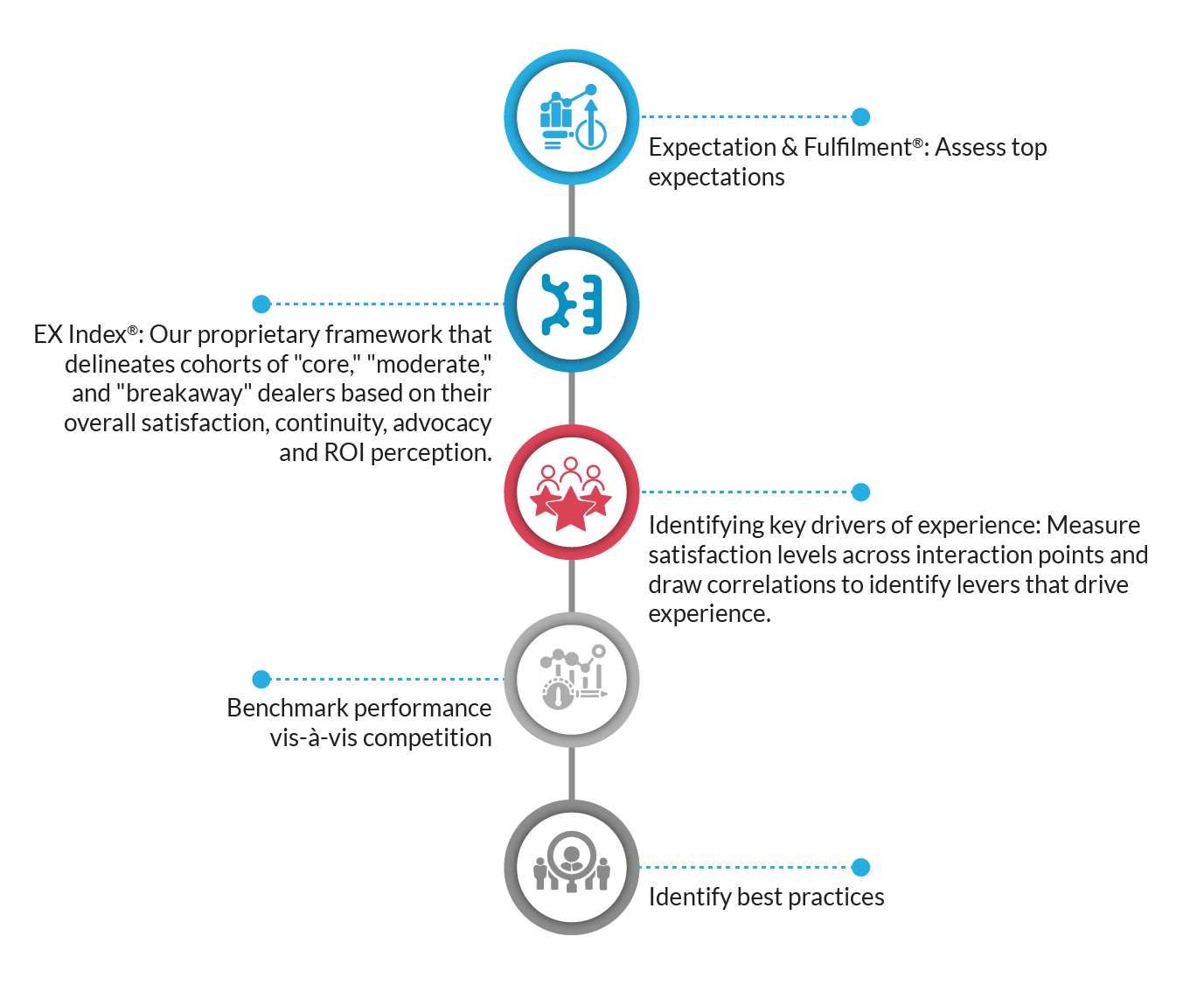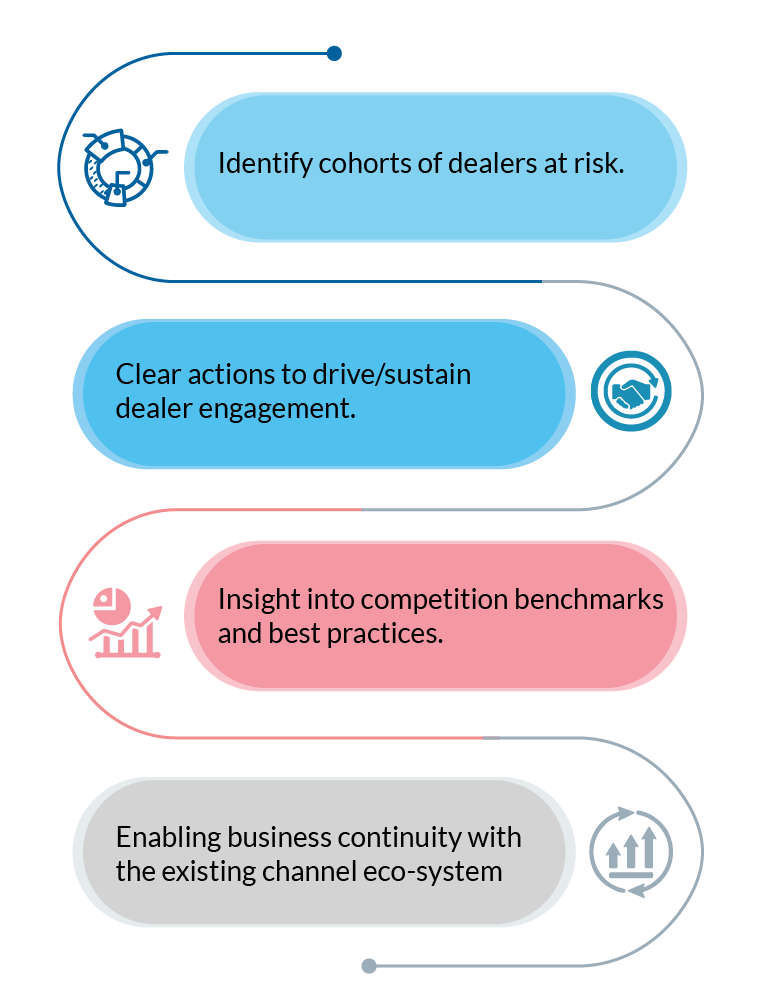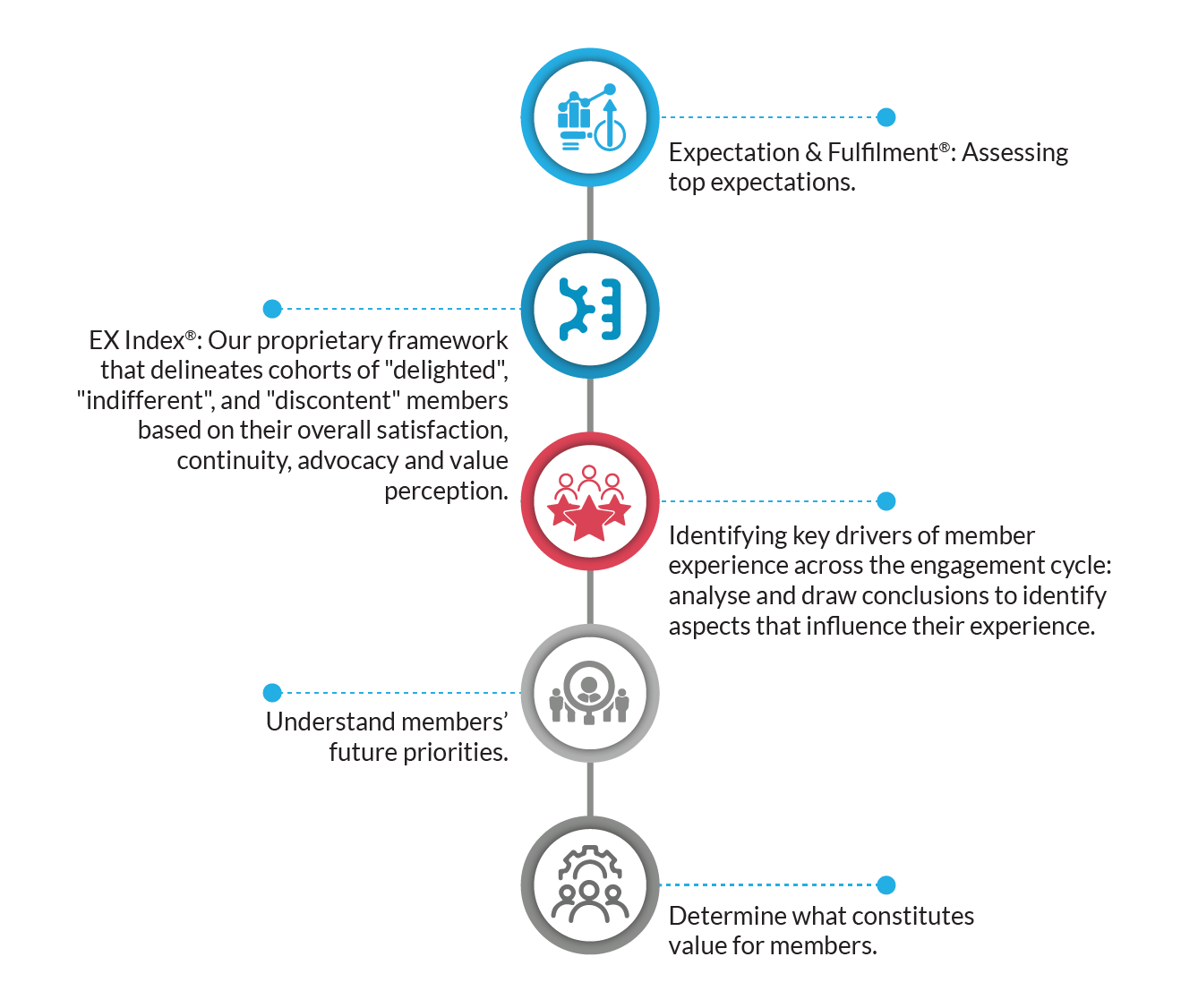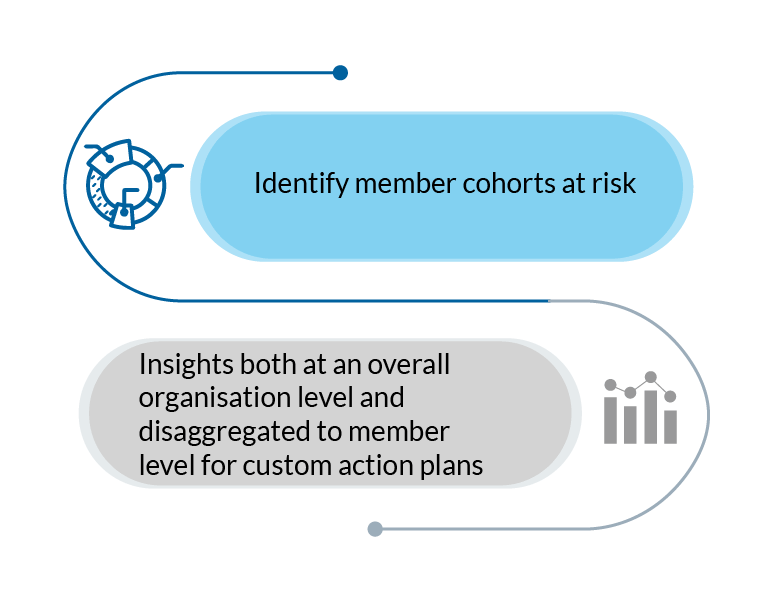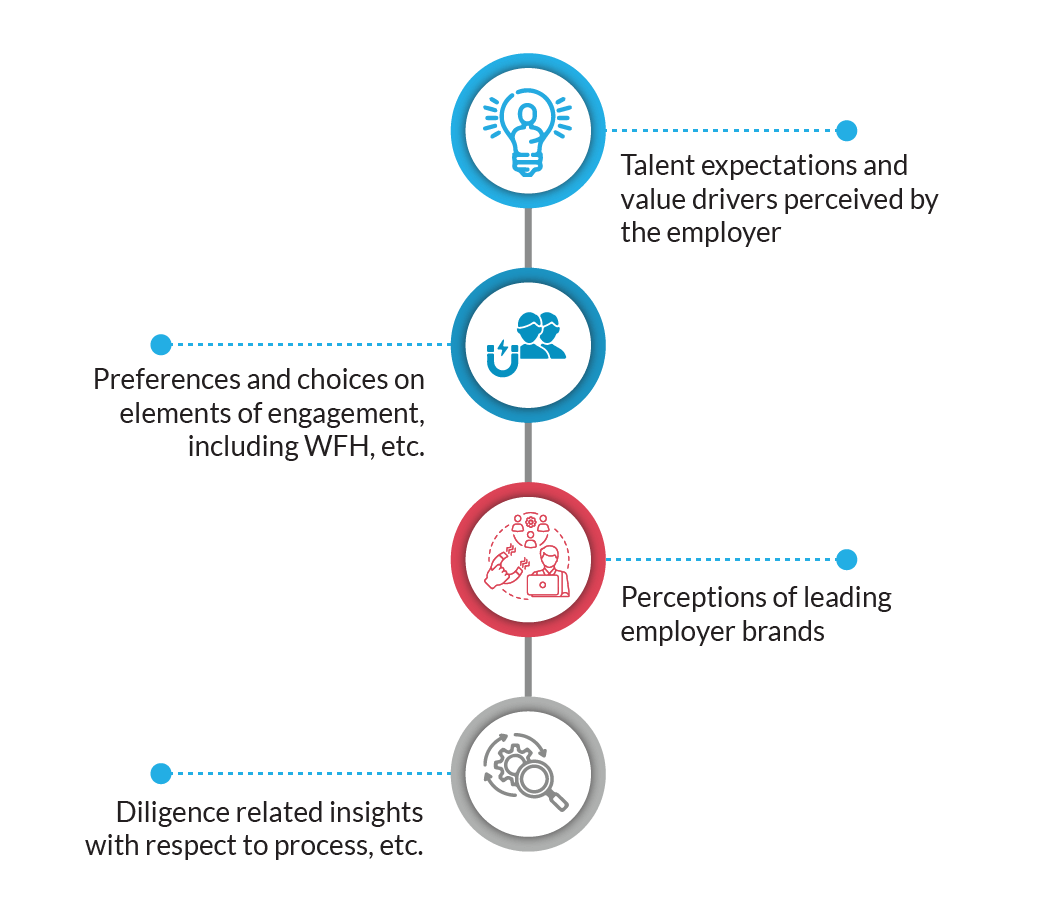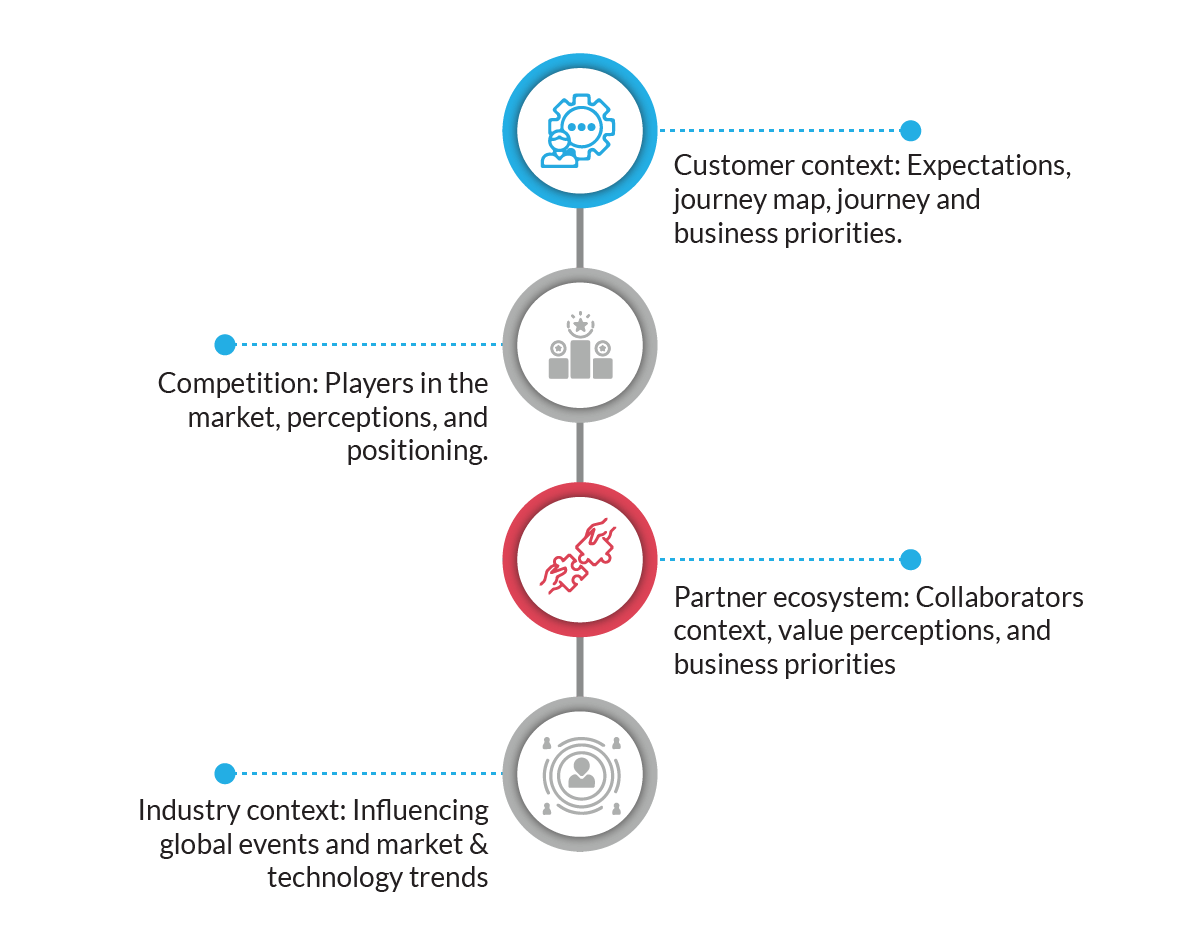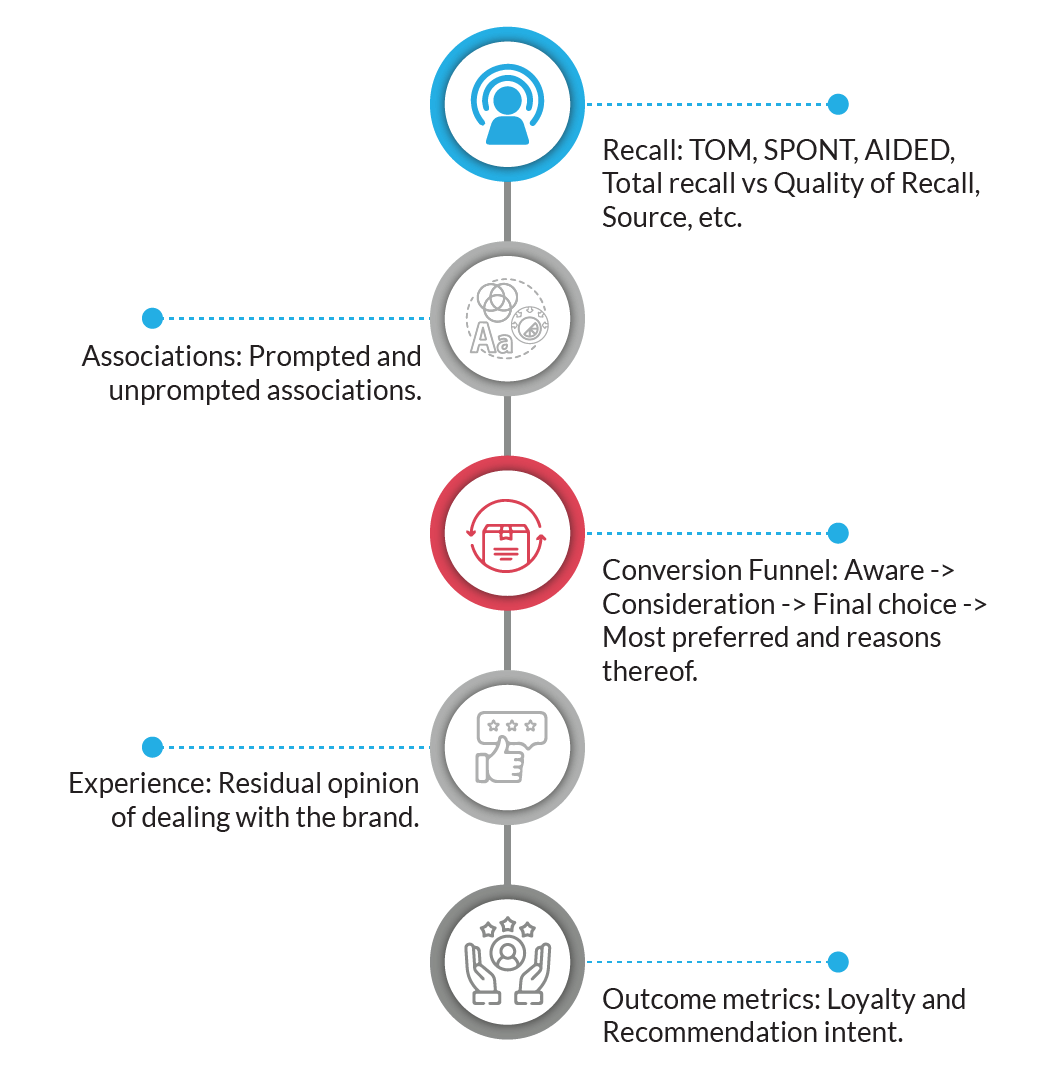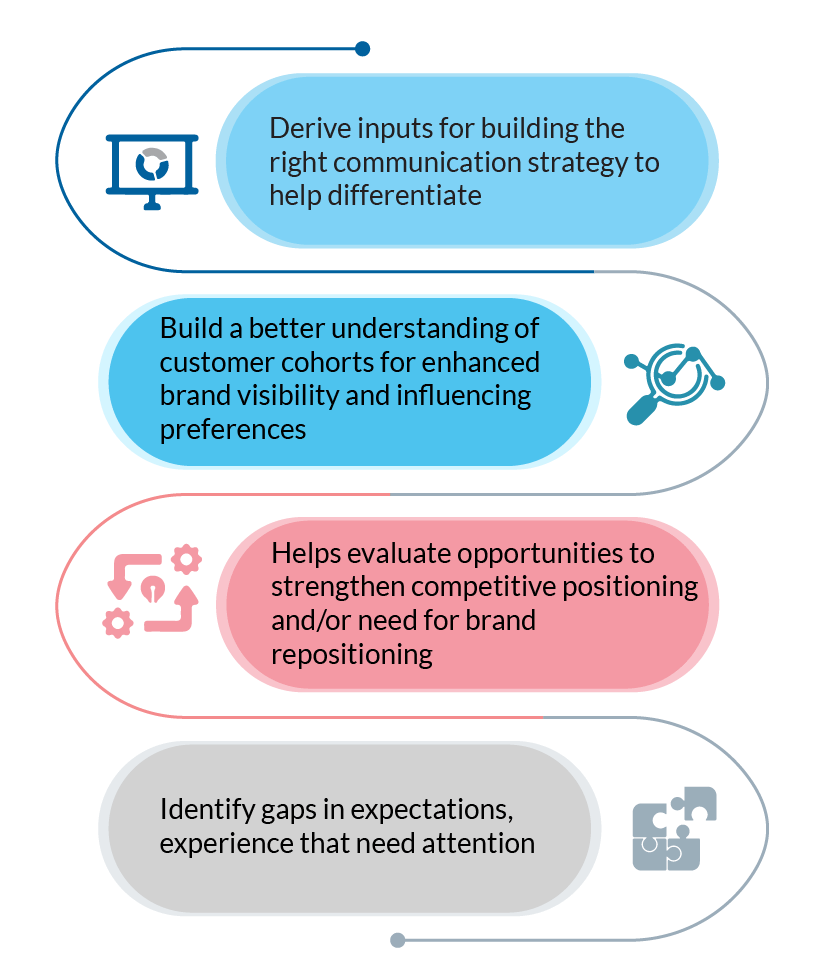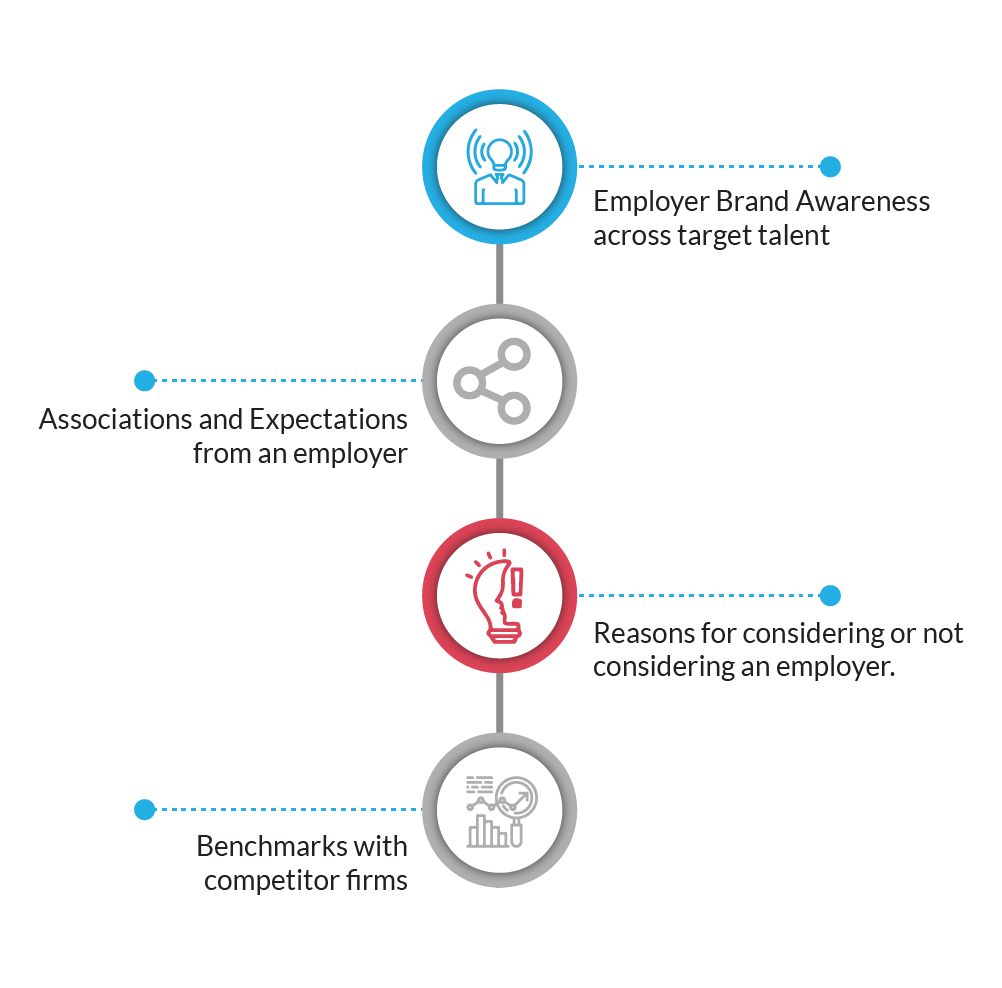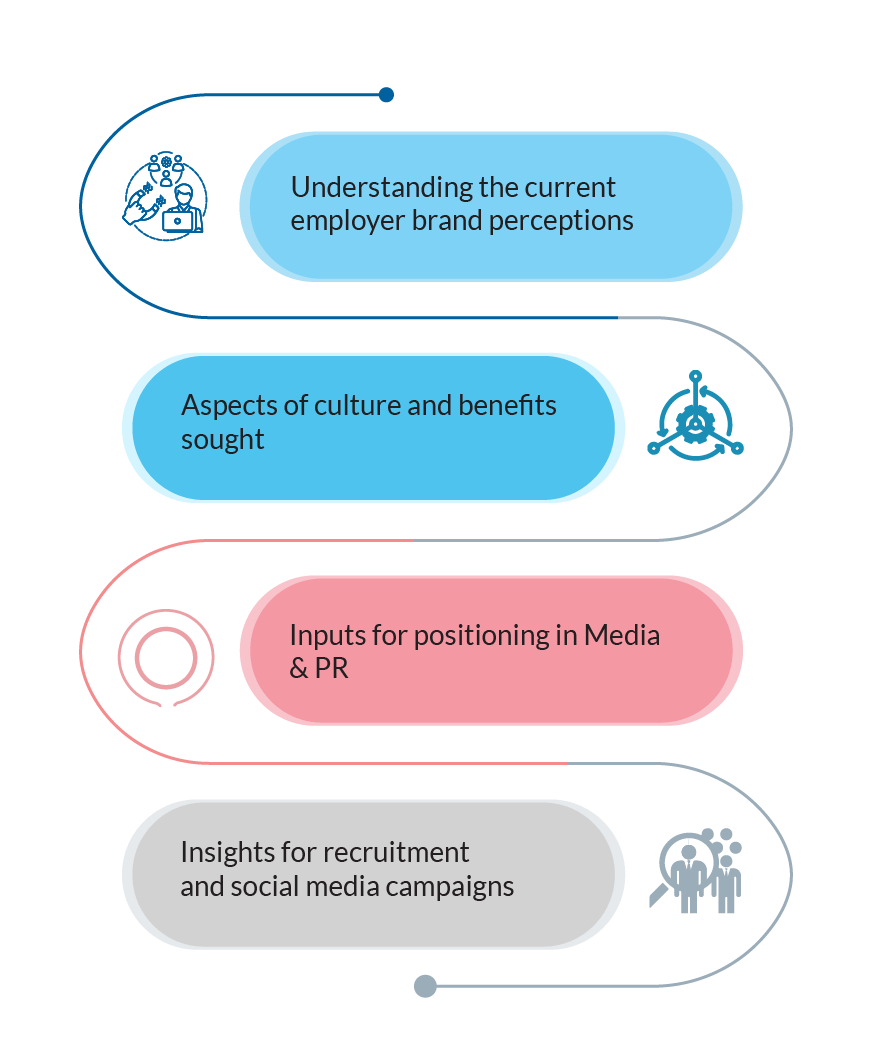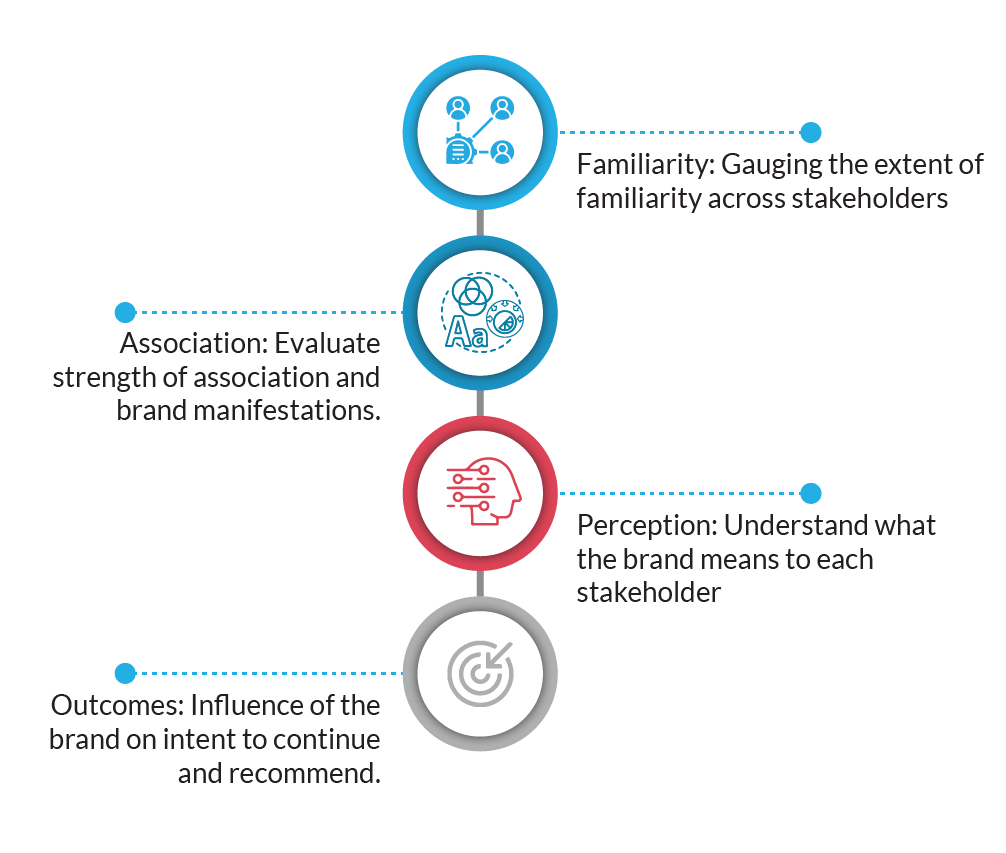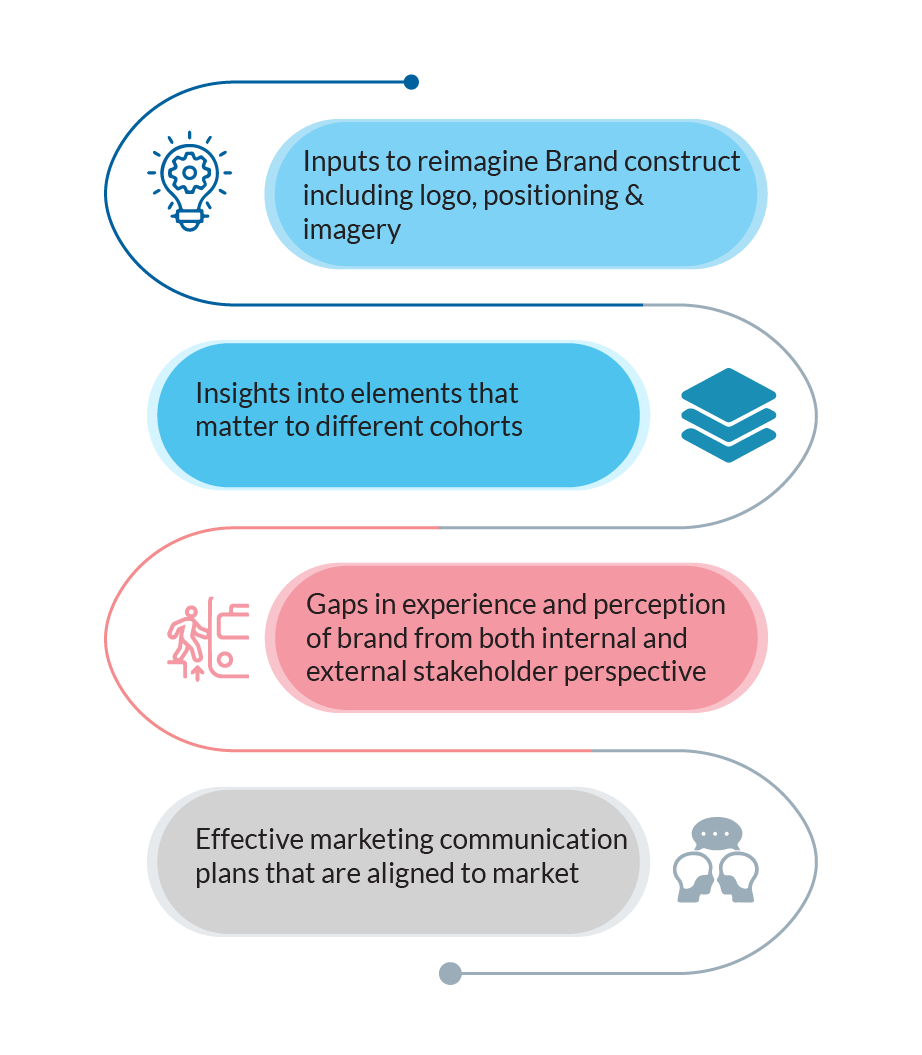The great resignation, post pandemic realization, demand-supply gap, complex Gen-Z motivations: whatever be the cause, the tide of attrition continues unabated. Almost every service provider out there is bearing the brunt of attrition – ergo, almost every customer of every service provider is also feeling the pinch.
As CX consultants, we work with more that 70 technology service providers every year. And in the last 12 months, we’ve been closely listening to the voice of the customer on this topic. After going through a lot of conversations & surveys, we’re narrowing down the top 6 pain-points for customers below:
- Burden of hand-holding new teams: As attrition takes away seasoned resources, seldom can one replace them with equally experienced ones. And this means there is a learning curve. Many clients feel they are hand-holding service provider teams and bringing them up to speed multiple times! They believe that a new way of thinking to drive ‘rapid training’ is needed. Effective onboarding & training for new employees should be based on knowledge banks, briefing on customer landscape, shadowing seasoned resources on the account.
- The Super Star Dilemma: Well, there are only so many superstars anyway. And when service providers are stretched, they move these superstars from one place to another. This creates an inconsistent experience. Customers initially see sparks only to find them vanish later. It’s important to capture knowledge & approach these superstars bring through structured documentation, processes, best practices so that the experience sustains even after the superstars move.
- Lack of transparency: We have been hearing a lot about over-promises and under-delivery recently. Given the high visibility of business, clients are demanding more people. And in (right) eagerness, service providers are over promising. But when the promise is not fulfilled, clients lose confidence. I’ve spoken to at least 10 CXOs who said if the service provider was transparent on what’s possible and not possible, they would’ve worked with their business counterparts to set expectations.
- No second-in-line to plug the leak: When things run smoothly, everyone focuses on executing their roles and driving productivity. There is little focus expended on building contingencies or a second line of command. When crisis erupts in the form of key resources leaving, providers are woefully underprepared. A proactive charting of contingency plan from a succession perspective and investing in second in line resources even though current productivity levels are met is therefore very critical.
- Stress to meet future demand: Attrition management is about playing catch up. But what about future demand? The mindset that geared towards back-fill doesn’t look at future-pooling/building for future requirements. Clients want their partners to plan collaboratively for the next quarter – irrespective of current attrition levels. This planning for the future not only builds client confidence, but also helps the provider to create visibility internally for better resource planning.
- Empathy over performance: Unprecedented attrition levels have created enough heartburns across both customers and service providers. Business teams fume at IT teams who in turn are at a short fuse with their service provider teams for not managing resource attrition better. Managing this cycle needs empathy. Service providers should coach their front line (both account and delivery leaders) to manage the client expectations through coming with effective approaches, supporting them on resource planning, and empowering them to help them in their tough discussions with clients.
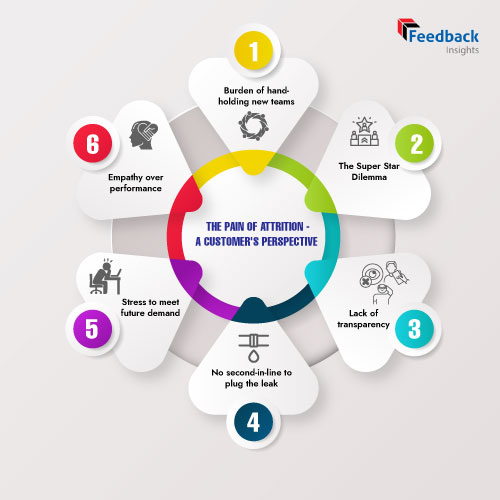
With no sign that this turbulence will settle down any time soon, service providers will need to revisit systems, processes, tools, to draw custom approaches to handle the challenges that their clients face as an outcome of the unprecedented levels of attrition seen.
